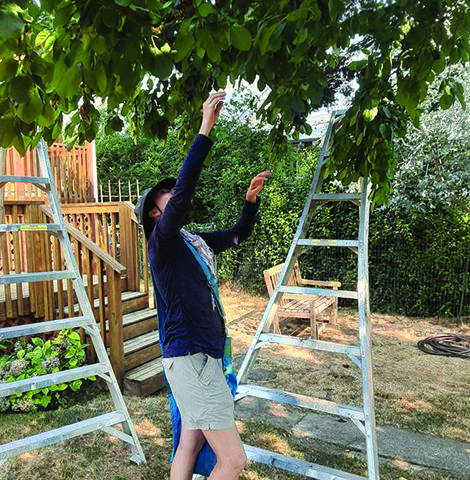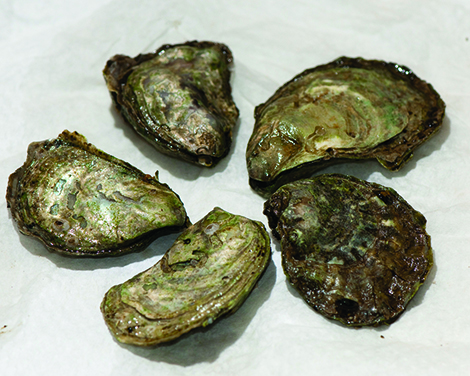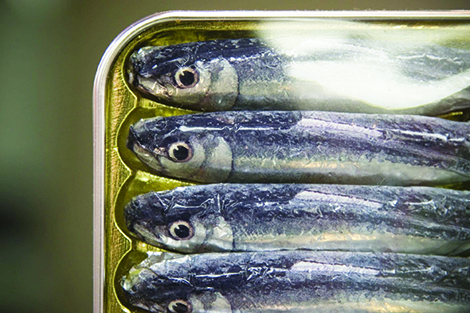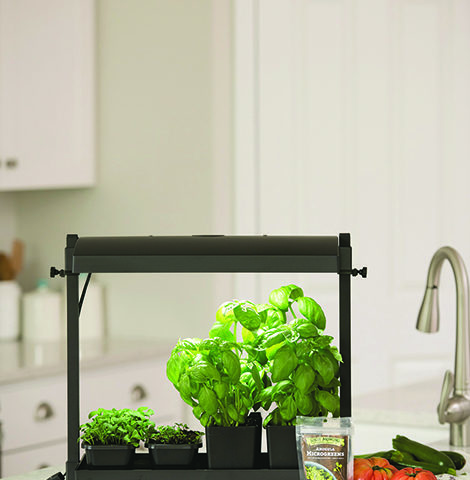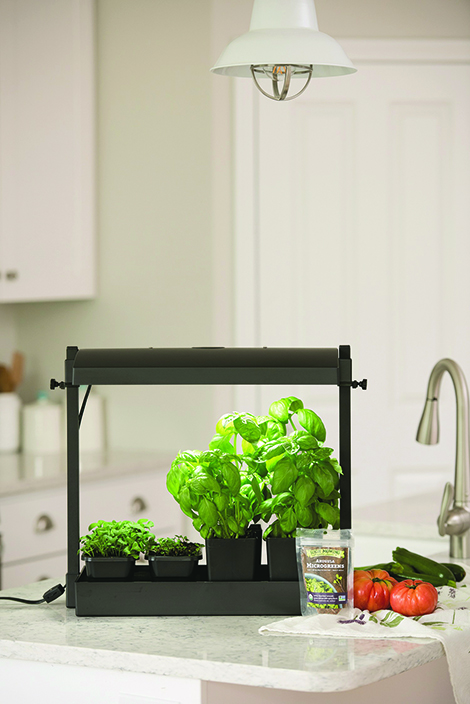Grant nourishes the fruits of Food is Free Tacoma’s labor
A community program in Tacoma promoting locally grown and distributed produce has the financial backing of AARP in its effort to put fresh food on the tables of city residents.
Food is Free Tacoma will use its $21,000 AARP Community Challenge grant to build 40 “Food Independence Gardens†as part of a campaign to have 20 percent of fruit and vegetables in Tacoma produced locally. Produce from the raised-bed gardens, which will be built at 20 sites by the end of 2021, will be given away at the gardens and at city parks.
Food is Free Tacoma started in 2015 and currently has more than 80 gardens, which are crafted by the non-profit organization and then maintained by homeowners. Many of the gardens are in parkways between sidewalks and streets. The goal is to encourage people to build vegetable gardens and share the fruits of their labor with other neighborhood residents.
“The pandemic exposed how fragile our food supply chain is,†said David Thompson, founder of Food for Free Tacoma. “We want people to consume fresh fruits and vegetables that come from home gardens.â€
He credited the “generous support” via the Community Challenge grant program, which is part of AARP’s nationwide Livable Communities initiative that supports the efforts of cities, towns, neighborhoods and rural areas to embrace and support people of all ages. Since 2017, AARP Washington has awarded 15 grants and $127,760 through the program to non-profit organizations and government entities across the state.
Tacoma City Councilwoman Lillian Hunter has been a champion for Food is Free Tacoma and has helped secure sites to distribute the produce. She lauded the organization and Thompson for helping feed people “of all ages across the community and helping Tacoma be an age-friendly city.â€
AARP officials noted the Tacoma project is among 244 recipients of $3.2 million in grant funding nationwide. Collectively, their projects promote livable communities for adults 50 and older by improving housing, transportation, public spaces, civic engagement, and connections with family, friends, and neighbors. Many of this year’s awards support revitalizing communities adversely impacted by the pandemic and include a focus on diversity and inclusion, said Amanda Frame, AARP Washingtons director of outreach.
“Our goal is to support the efforts of our communities to be great places for people of all backgrounds, ages and abilities,†Frame said.
Other recent grant recipients in Washington include Friends of the Snohomish Library and the City of College Place, which is located near Walla Walla.
